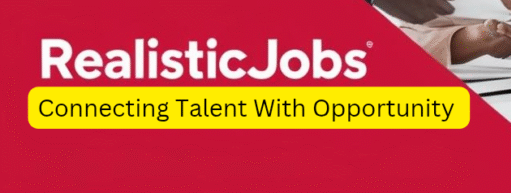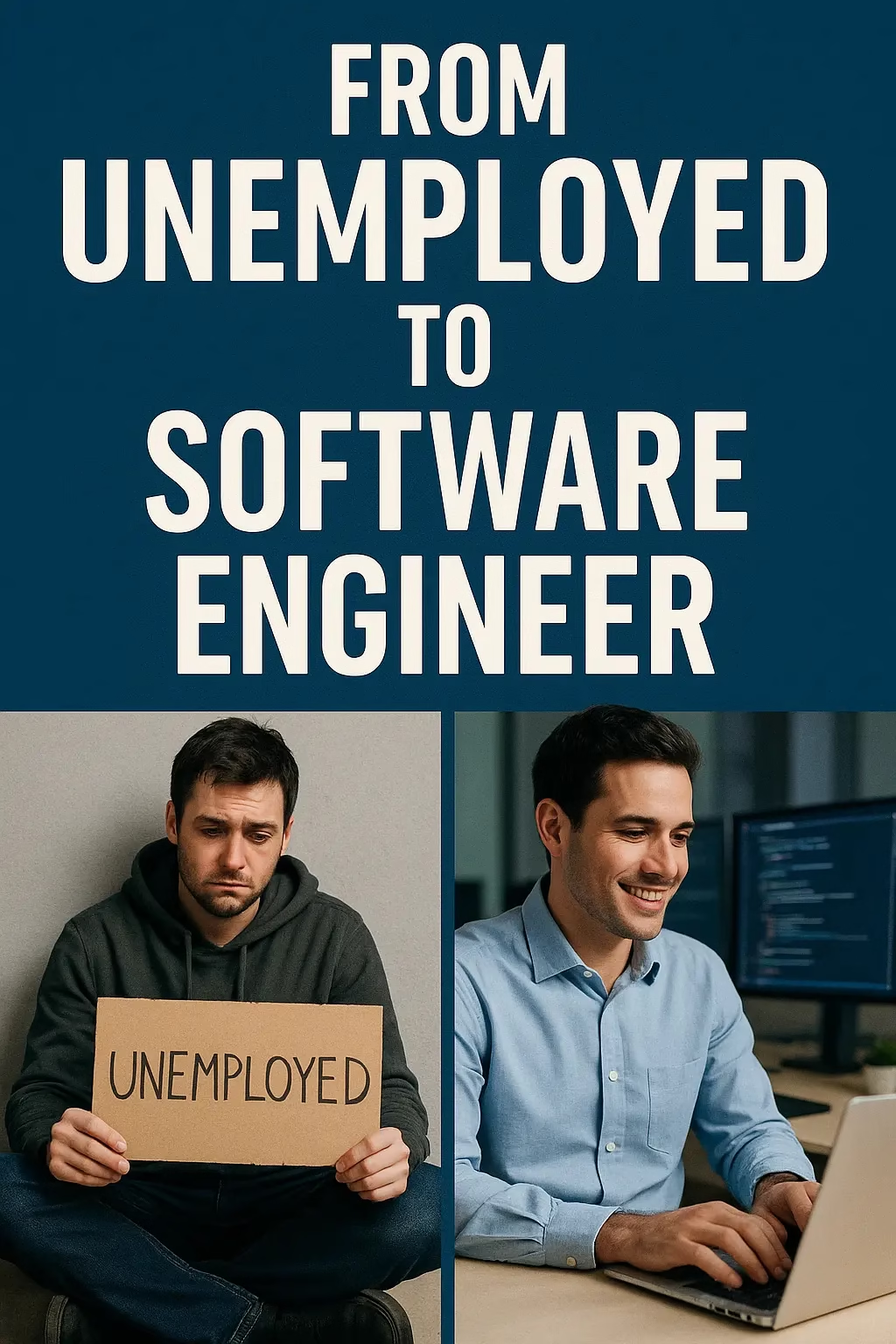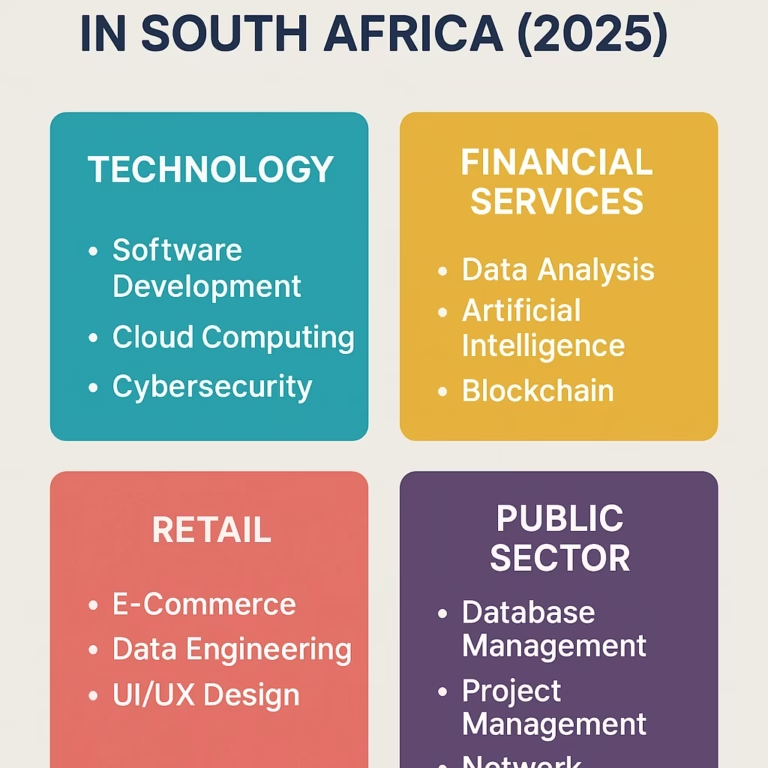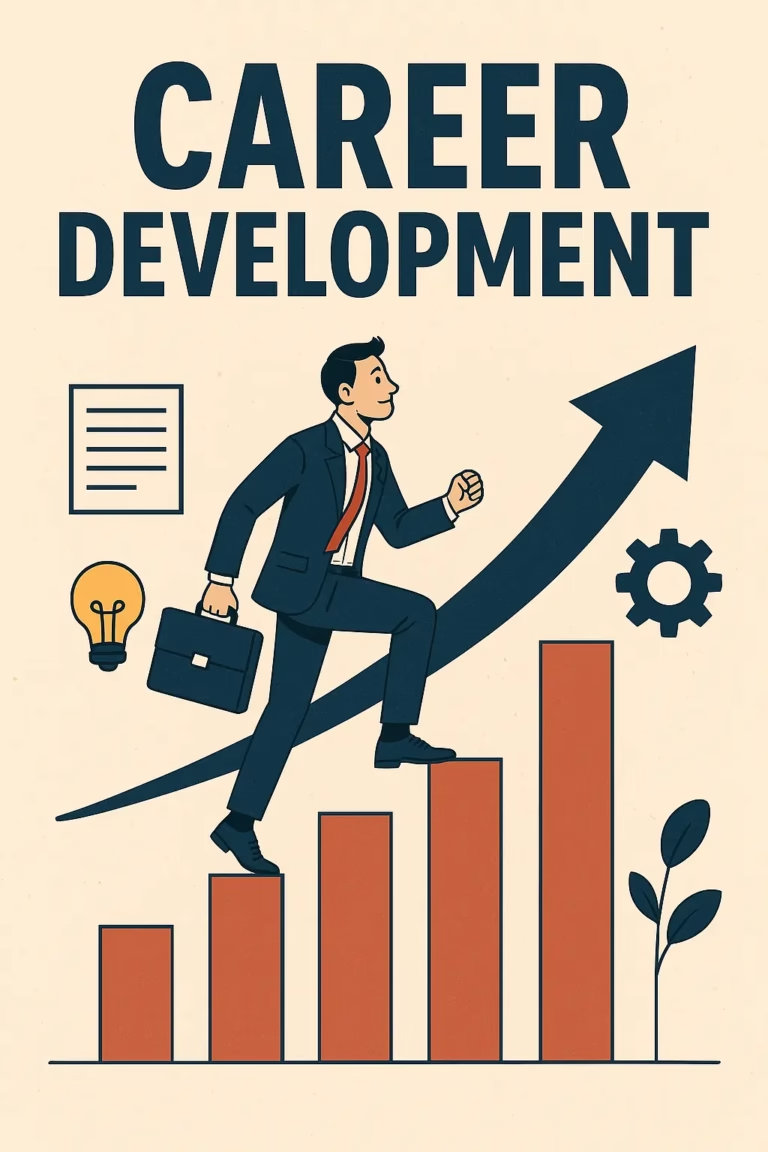From Unemployed to Software Engineer in 6 Months: My Journey and Blueprint for Success
Six months ago, I was unemployed, uncertain, and, quite honestly, scared about what the future held. Today, I’m a full-time software engineer at a tech company, working on projects I’m passionate about and growing in ways I never thought possible. This isn’t a story of overnight success or luck—it’s a story of grit, strategy, and…
Six months ago, I was unemployed, uncertain, and, quite honestly, scared about what the future held. Today, I’m a full-time software engineer at a tech company, working on projects I’m passionate about and growing in ways I never thought possible. This isn’t a story of overnight success or luck—it’s a story of grit, strategy, and relentless commitment.
If you’re in a similar place—whether you’re unemployed, stuck in a job you hate, or just thinking about switching careers into tech—this post is for you. I’ll walk you through exactly what I did, what I learned, and how you can apply the same steps to transform your own future.
Why I Chose Software Engineering
I didn’t always want to be a software engineer. In fact, I had very little exposure to coding before this journey began. But after being laid off from a retail job during a company-wide restructuring, I took a hard look at the job market. I saw consistent demand for developers, remote work opportunities, and starting salaries that were significantly higher than what I was used to.
More importantly, I was always curious about how tech worked. I liked solving problems and building things. Coding seemed like the perfect outlet for that energy.
I decided to go all in.
Month 1: Setting the Foundation
Step 1: Choosing a Learning Path
I didn’t have time or money for a 4-year degree, and bootcamps were expensive. I needed a cost-effective, flexible option. After researching online, I chose a self-taught path using the following:
- freeCodeCamp
- The Odin Project
- CS50x by Harvard on edX
- YouTube channels like Tech With Tim and Traversy Media
Spent the first week learning HTML, CSS, and basic JavaScript. I coded every day—even if only for an hour. I knew consistency mattered more than bursts of effort.
Step 2: Building a Routine
I treated learning like a job. My routine looked like this:
- 8:00 AM – 9:00 AM: Review previous day’s lessons
- 9:00 AM – 12:00 PM: New tutorials or coursework
- 1:00 PM – 3:00 PM: Practice exercises or projects
- 3:00 PM – 4:00 PM: Read dev blogs, watch tutorials, and take notes
Even though I was unemployed, this gave my days structure—and structure gave me purpose.
Month 2: Projects Over Perfection
Once I got the hang of the basics, I started building projects.
- A personal portfolio site
- A weather app using a public API
- A to-do list app with local storage
The projects weren’t fancy, but they were mine. Every mistake taught me something new.
learned the power of Git and GitHub. I started pushing my code to public repositories. I learned how to read documentation, troubleshoot bugs, and Google like a pro.
Also started to understand what “real” web development looked like. Dove into React and Node.js, knowing full-stack skills would make me more marketable.
Month 3–4: Networking and Learning in Public
Started a Twitter account to document my #100DaysOfCode journey. I joined developer Discord servers. I attended virtual tech meetups and hackathons.
This wasn’t just for motivation—it was for visibility. I wanted potential employers to see my passion, even before I applied for a job.
I also started writing blog posts on Dev.to about what I was learning. Writing helped me solidify concepts and build credibility.
Month 5: Applying for Jobs
Created a clean, single-page resume that highlighted:
- My completed projects
- Technical skills
- Links to GitHub and my portfolio
Applied relentlessly—30+ jobs a week. I tailored each resume and cover letter. tracked applications in a spreadsheet. I faced a lot of rejection.
But every rejection made my resume better, my interviews sharper, and my resolve stronger.
Month 6: Breaking In
Finally, it happened.
I landed an interview with a mid-sized SaaS company looking for a junior frontend developer. The interview included a take-home project and a behavioral call. Thanks to all the projects I’d built, I nailed the coding challenge. Thanks to all the communities I’d engaged with, I had talking points for how I worked in teams and solved problems.
I got the job.
What I Learned (That You Can Use Too)
- Consistency beats intensity. You don’t need to study 12 hours a day. You need to study every day.
- Build in public. Share your work. Write, tweet, post on LinkedIn. It attracts opportunities.
- Focus on projects. Employers care more about what you’ve built than what you’ve studied.
- Learn how to learn. Tech changes fast. Learn how to navigate docs, debug, and stay adaptable.
- Apply early. Apply often. You don’t have to feel 100% “ready.” Interviews will sharpen you.
- Find your community. Tech Twitter, Discords, Reddit—they’re full of people who want you to succeed.
Testimony: How I Landed My First Remote Job
Final Thoughts
Going from unemployed to employed as a software engineer in six months wasn’t easy. It took sacrifice, long hours, and a lot of trial and error. But it was absolutely worth it.
If you’re reading this and wondering if it’s possible for you—it is. You don’t need to be a genius. You don’t need a computer science degree. Just need a plan, the willingness to learn, and the perseverance to keep going when it gets hard.
Start today. Six months from now, your future self will thank you.
Are you on your own journey to becoming a software engineer? Drop your questions or progress in the comments—I’d love to connect and support you!







